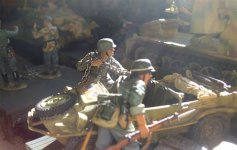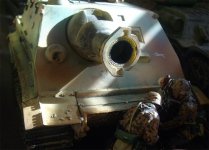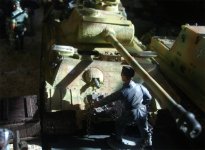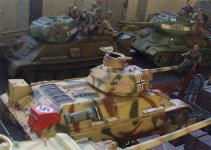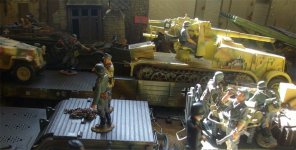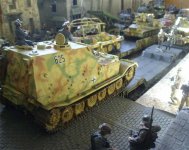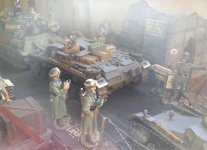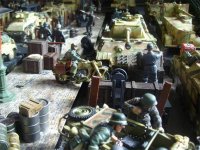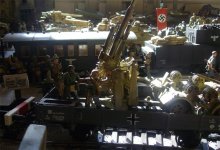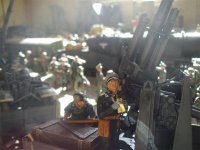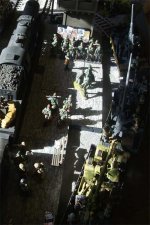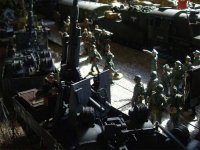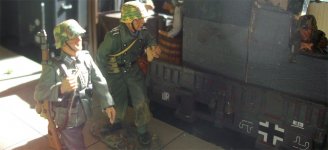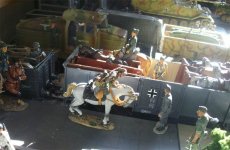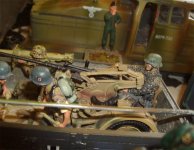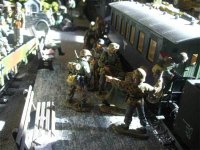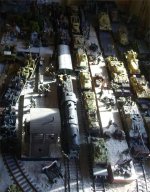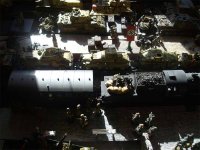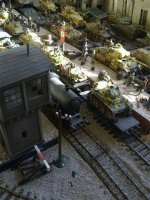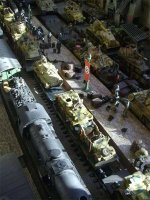redhugh
Master Sergeant
- Joined
- Oct 4, 2007
- Messages
- 1,348
The name Belgorod is the Slavic for "white city", the vicinity being rich in limestone. The settlement was first mentioned in 1237, when it was ravaged by the hordes of Batu Khan. In 1596 it was refounded by the order of Boris Godunov as one of numerous forts set up to defend Southern borders from the Crimean Tatars.After the Russian border was moved further south, the fortress fell in disrepair and the town was assigned to the Government of Kursk. Peter the Great visited it on the eve of the Battle of Poltava, and a dragoon regiment was stationed in the town until 1917.
During the great Battle of Kursk, the village of Prokhorovka in Belgorod Oblast was a stage of the largest tank battle in history (July 12, 1943).
The Panzergrenadier Division Grossdeutschland, a newly re-equipped division was attached to Von Knobelsdorff’s XXXXVIII.Panzerkorps and the German Fourth Panzer Army of Generaloberst Hermann Hoth, and was to take a major role (paired with the SS-Panzerkorps) in Operation Citadel, the battles to sever the Kursk salient.
In June, 1943, XXXXVIII.Panzerkorps moved via Belgorod to the Oboyan area to take part in the massive operations against the Kursk Salient.
During the great Battle of Kursk, the village of Prokhorovka in Belgorod Oblast was a stage of the largest tank battle in history (July 12, 1943).
The Panzergrenadier Division Grossdeutschland, a newly re-equipped division was attached to Von Knobelsdorff’s XXXXVIII.Panzerkorps and the German Fourth Panzer Army of Generaloberst Hermann Hoth, and was to take a major role (paired with the SS-Panzerkorps) in Operation Citadel, the battles to sever the Kursk salient.
In June, 1943, XXXXVIII.Panzerkorps moved via Belgorod to the Oboyan area to take part in the massive operations against the Kursk Salient.


